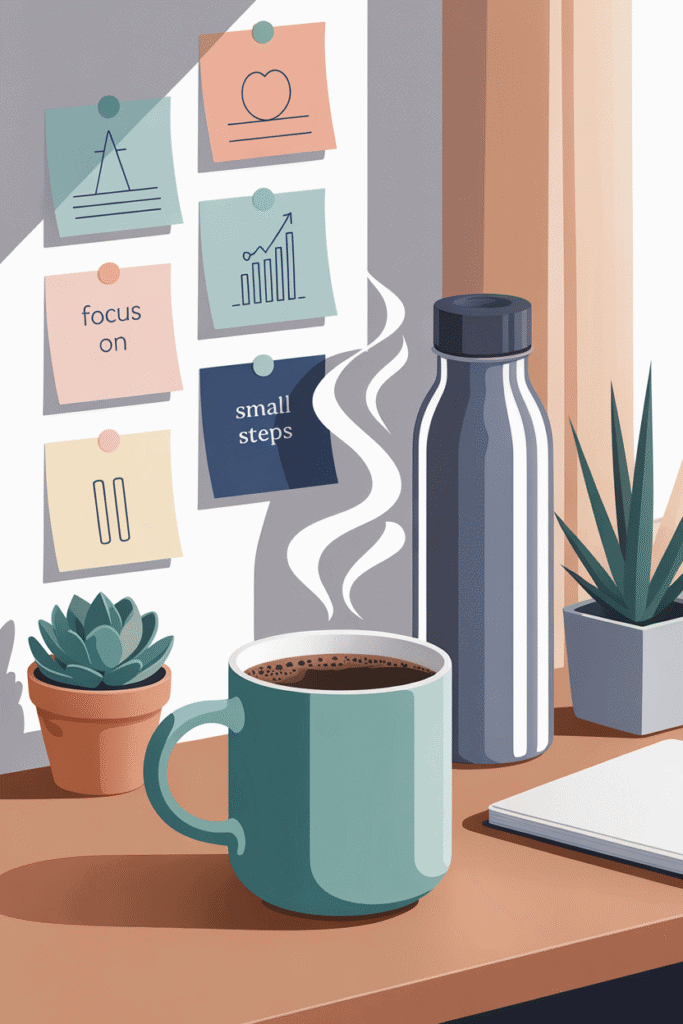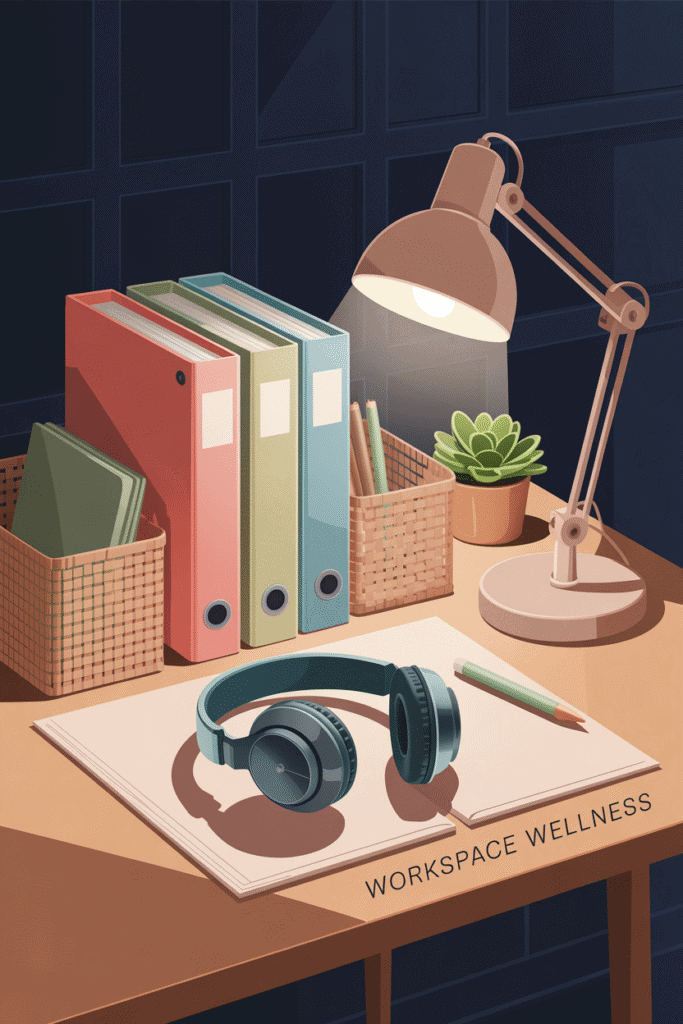5 Best ADHD Calming Methods for a Peaceful Mind
Some brains operate like tidy desks.
Mine when I was teaching?
A half-full ‘iced' (by neglect) coffee, a rogue recorder, and last month’s lesson plans hanging on for dear life.
Under a pile of heavy books that you'll never read.
If you're a teacher with ADHD—or wondering if maybe that’s you?
It can make this job feel even tougher than it already is.
That's why today you'll learn about some ADHD calming methods that work for busy teachers like you.
Sign up here for your free ADHD in Women Checklists guide!

But let’s clear something up.
You’re not too much.
You’re not a disorganized disaster.
You’re a human with a brain that works differently.
And you're trying to do a demanding job in a world that wasn’t designed with you in mind.
That difference?
It’s neurological.
Not a personal failing.
This post is for all the teachers trying to function in chaotic systems.
And those pesky executive functions are covered up by all the demands.
ADHD Calming Methods That Actually Help
You don’t need more rules.
You need more space and less pressure.
Here’s what actually supports your brain:

1. Gentle Structure, Not Rigid Schedules
Strict routines feel like traps. Flexible structure gives you grounding without the panic.
Try “anchor points” instead:
- A simple morning flow: start coffee, open curtains, breathe once before all the rush.
- An evening shutdown habit: dim the lights, close tabs, set out clothes, pick a podcast.
- Sticky note task lists (visible = doable).
Even something as basic as keeping your water bottle in the same spot every day can reduce friction.
And yes—you’re allowed to toss a towel over the clutter pile.
Out of sight means out of mind.
And that means less noise!
2. Sleep Is Not a Luxury
Sleep supports memory and mood.
Especially for women with ADHD.
(And makes it less likely you'll cry at recess duty.)
ADHD makes consistent sleep feel like a myth, but it is possible to support your future self.
Try:
- A consistent-ish sleep schedule (aim for similar bed/wake times—even on weekends).
- Lighting cues: lamps instead of overhead fluorescents after 8pm.
- Brown or white noise (silence is not calming when your thoughts have no chill).
- Prepping for morning: lay out clothes, pack a lunch, charge your devices.
Or if that last one is too obvious for you and it doesn't work, I get that.
What about a playlist you hook up to your AI assistant?
Every night at the time you choose, it starts to play your songs.
You can sync your routines, or even routine charts, with each one.
So when one song ends, you switch to the next task.

3. Movement Helps Focus
You don’t need to become a gym person. You do need to move.
Try:
- Walking laps around your classroom while brainstorming.
- Stretching while the copier warms up.
- Singing while you and your students clean up.
- Try some instrumental hip hop tracks for some extra oomph.
Even 3 minutes of movement between blocks can help reset your nervous system.
And if you like to bounce your leg while thinking?
That totally counts.
(I can attest to this, as a fervent leg bouncer myself.)
4. Mindfulness That Doesn’t Make You Cringe
You don’t need a meditation app and an expensive mat.
You want to practice grounding.
You need to build emotional resilience.
Try:
- Naming something you can see, smell, taste, hear, touch.
- A phone reminder that says: “What does my body need right now?”
- One slow breath at a red light. Or right before you click “send.”
This is about building in some space to breathe.
Goodness knows you need it.
I know I certainly did when I was in the classroom.
True, everyone needs breathing room.
It's that neurodivergent people can sometimes benefit more.
5. Your Space Affects Your Brain
If your desk looks like a tornado hit a school supply store, you’re not alone.
Try:
- Calming colors (avoid loud neons)
- Noise-canceling headphones for overzealous coworkers or hallway chaos
- A plant—yes, even a fake one. Bonus points if it makes you smile.
- Strategic clutter hiding: baskets, bins, folders with lids. Less visual input supports less mental fatigue.
Lighting matters too. Switch off overheads. Try a soft lamp or window light if you can swing it.

6. Micro-Rituals That Signal: “You’re Safe Now”
A tiny ritual can help signal your brain it’s time to switch gears.
Try:
- Spritzing lavender room spray when you get home
- Changing into comfy shoes after students leave
- Playing a favorite song as you tidy your desk
None of this has to be fancy. Only finding what fee you.
Final Thoughts
You need systems that honor your brain.
You need space to rest.
And you deserve support that doesn’t come with judgment or twelve bullet points about morning routines you’ll never follow.
You’re not lazy.
You’re doing your best with a browser full of tabs.
And your best?
It’s enough.
Join the Community
Want to connect with other like-minded educators?
We share ideas, ask for help, vent, and generally support each other.
Visit our Facebook group and take it one step at a time.
You've got this! ❤️
Found Something Helpful? I'd Be So Grateful If You'd Please Pin One of These Images!
It truly helps my blog reach more teachers like you. Thank you!










